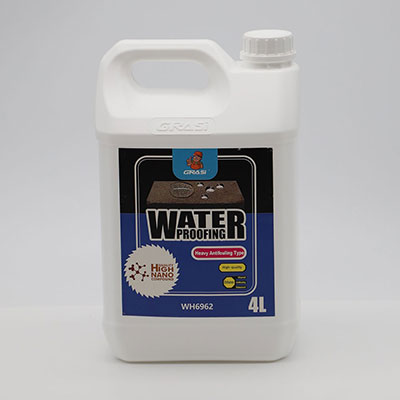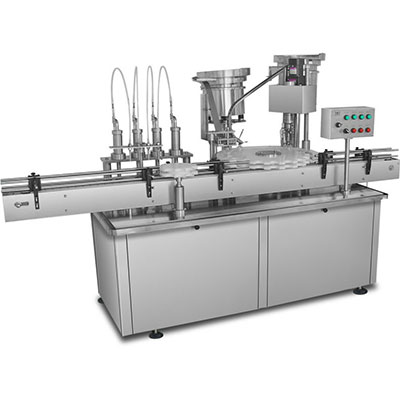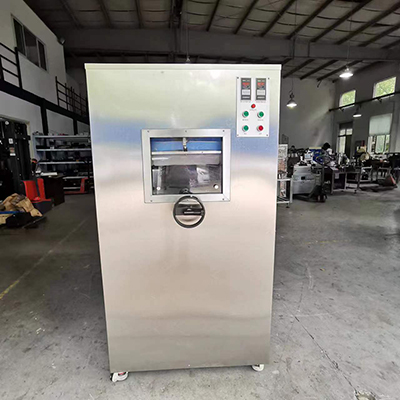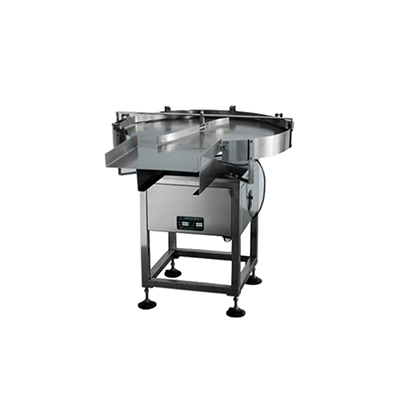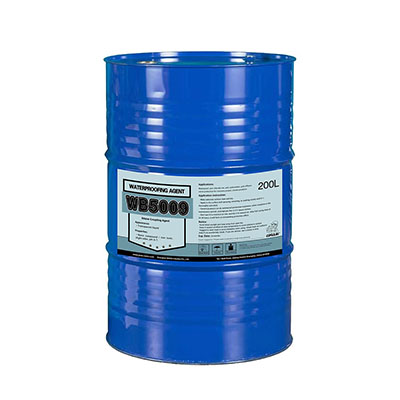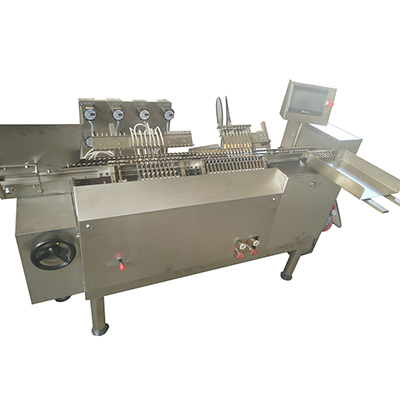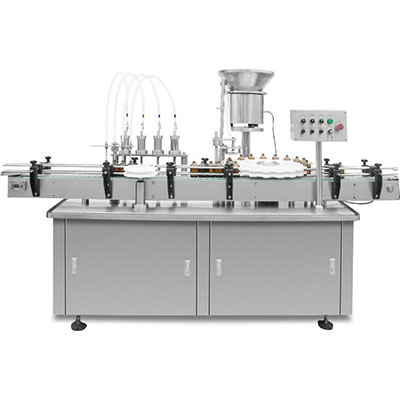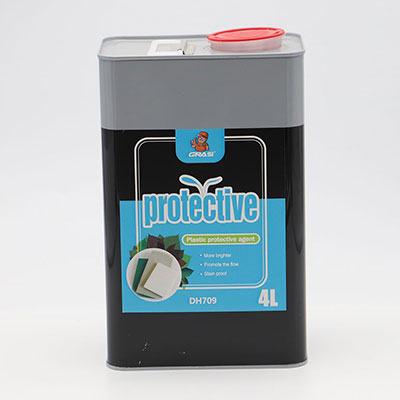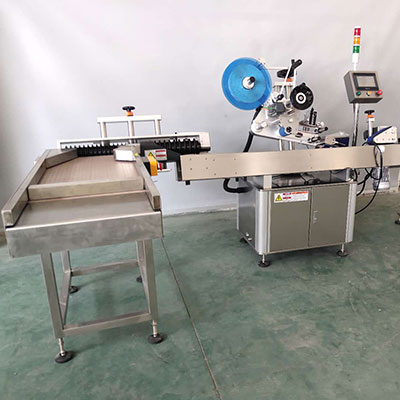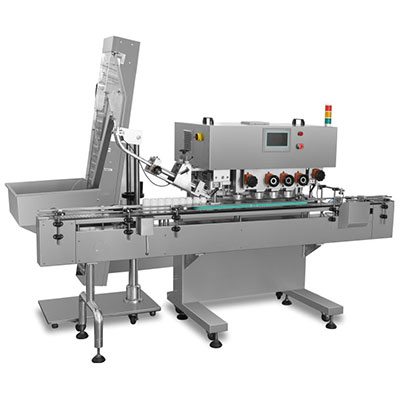Drowning Detection Device
Drowning Detection Device
The drowning detection device is mainly used in public places for alert, such as swimming pool, bathing place, etc., so as to help prevent people from drowning. It is composed of the swimmer unit, parent or lifeguard unit, optional public alarm unit as well as charger. The swimmer unit includes RF transmitter, pressure sensor and rechargeable battery.
Introduction of Different Units
The parent or lifeguard unit is a receiver which has vibration alarm. The public alarm unit is also a receiver featuring an audible alert. It will be installed in public places so that every one can be informed of the alert from the swimmer in dander. The charger is used for the lithium battery employed by the swimmer, parent or lifeguard units. There is a socket for holding each unit.
Working Frequency
This drowning detection device operates on ISM frequency. The frequency is 418 or 315MHz for USA, 433.9MHz for Europe and 429.92MHz for Japan.
Operation Principle
Each unit owns two cap codes, one being private and the other being public. The swimmer unit will transmit an alert signal on the basis of these two kinds of cap codes if a person is in danger of drowning. In this way, both public alarm and parent units will receive the alert signal.
To be specific, the swimmer unit will conduct the continuous water depth detection in a preset period. If under water at a certain depth for 30 seconds, it will send an alert signal to the parent or lifeguard unit and public alarm unit so as to tell people that there is someone in danger of drowning. Additionally, the detection depth and time can be factory adjusted.
The parent or lifeguard unit of our drowning detection device can be worn on the wrist, just like a watch. When receiving the alert signal from the swimmer unit, it will vibrate in a certain way. One parent unit is capable of supporting 1 to 3 swimmer units at the same time. It also comes with cap code learning ability. This means the parent unit is able to memorize new swimmer units. If the swimmer unit is under water about 1.5 meters, the operation range between the swimmer and parent units will be around 80 meters.
Regularly, the swimmer unit of this drowning detection device will convey a signal to the parent unit once in every 30 seconds. If the parent unit fails to receive the signal, there may be two reasons. One is that the swimmer unit is out of range. The other is that the parent unit does not operate. Under this circumstance, the parent unit will vibrate in certain manners.
The battery of both swimmer and parent units can work for around 6 to 7 days when fully charged. If the battery is running low, the LED of both units will offer an indication. Then, the low battery signal will be transmitted from the swimmer unit to the parent one which will vibrate in certain patterns accordingly. In the case that all units are powered up, the parent unit will receive the signal from the swimmer unit and then memorize such units in a powered up state.
Disclaimer
This drowning detection device serves just as a pre-warning system to inform the parent or life guard that the swimmer is in danger of drowning. It operates greatly dependent on the given range of the depth, duration and distance between the swimmer and parent units which are installed in advance. In addition, batteries in all units should be completely charged prior to operation.
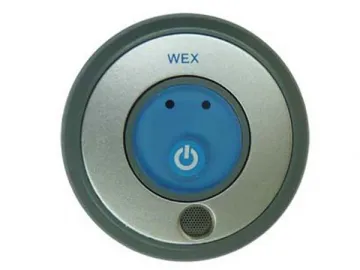
Links:https://www.globefindpro.com/products/46368.html
-
 Semi Automatic Capsule Filling Machine
Semi Automatic Capsule Filling Machine
-
 Double Cone Medicine Mixer
Double Cone Medicine Mixer
-
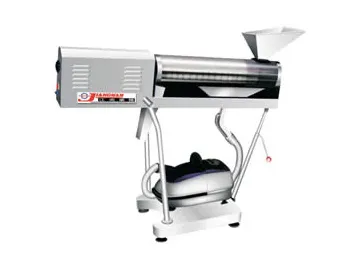 Capsule Polisher
Capsule Polisher
-
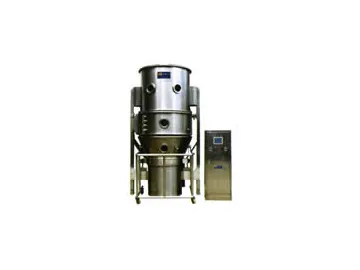 Fluidized Bed Dryer Granulator
Fluidized Bed Dryer Granulator
-
 AL-PVC/AL-AL Blister Packaging Machine
AL-PVC/AL-AL Blister Packaging Machine
-
 Horizontal Cartoning Machine
Horizontal Cartoning Machine
-
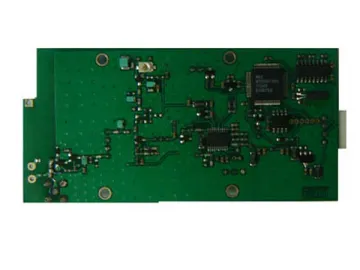 Pocsag Decoder Board
Pocsag Decoder Board
-
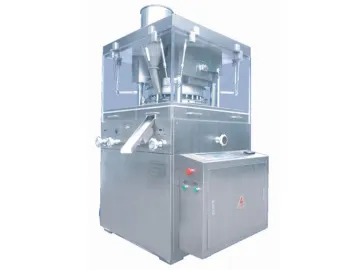 Rotary Tablet Press Machine
Rotary Tablet Press Machine
-
 Softgel Encapsulation Machine
Softgel Encapsulation Machine
-
 Automatic Capsule Filling Machine
Automatic Capsule Filling Machine
-
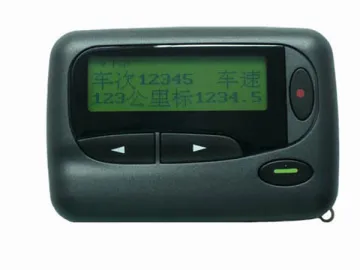 2 Line Chinese Pager
2 Line Chinese Pager
-
 Rotary Tablet Press Machine
Rotary Tablet Press Machine
